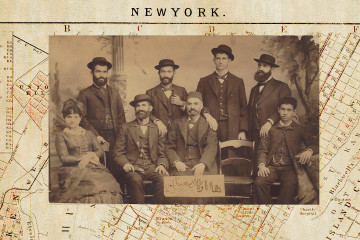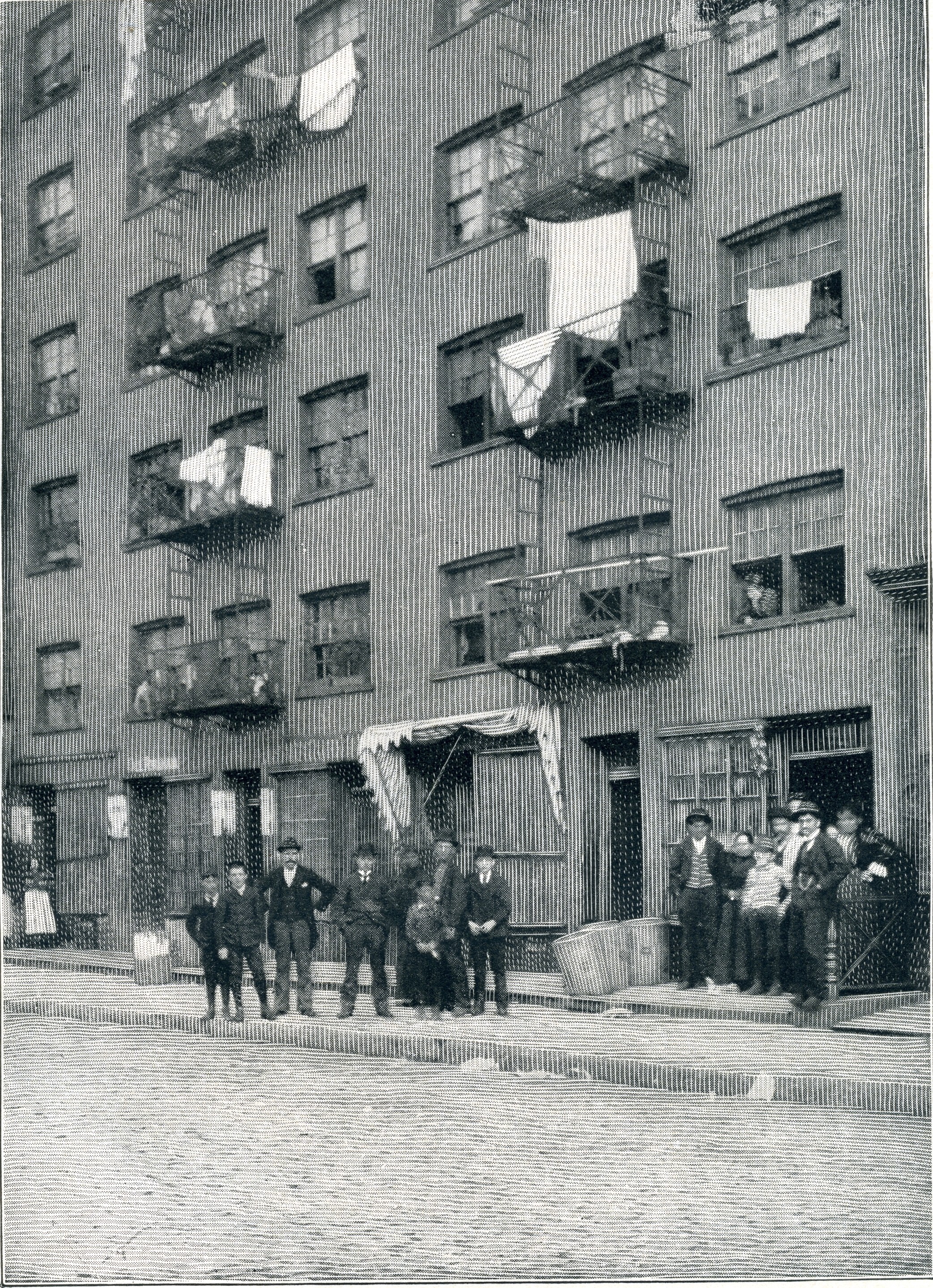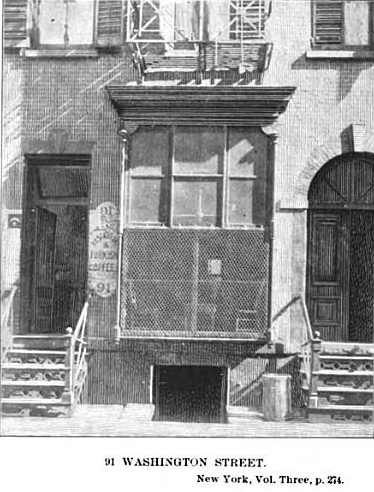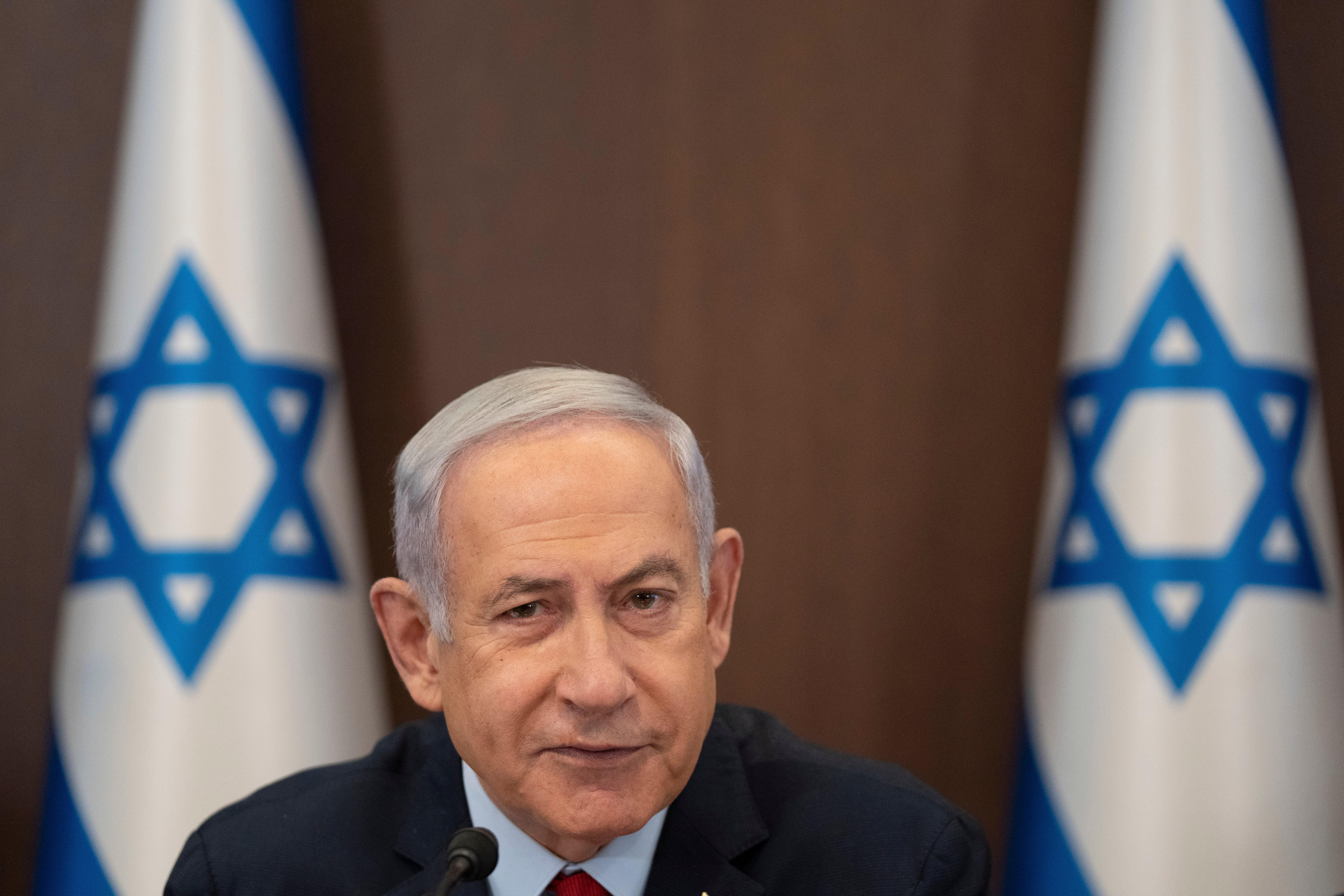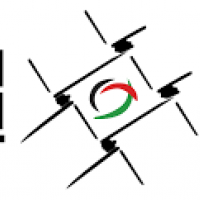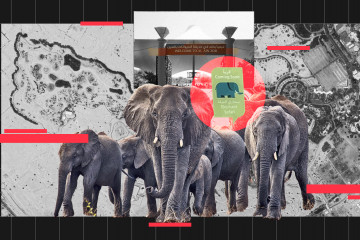
Nadine Talaat
27 February, 2023
The African Safari experience at Al-Ain Zoo in Abu Dhabi, United Arab Emirates, describes itself as “ground-breaking”. It is home to 300 animals from 17 different species native to the African continent, including giraffes, zebras, wildebeest, onyx, Springbok gazelle, antelopes, ostriches, and even lions and white rhinos.
The safari, which opened its doors in 2016, spans 54.5 hectares and is entirely man-made, and claims to be the largest artificially constructed safari in the world.
For 1050 dirhams, or USD 286, visitors can take a private SUV guided tour through the safari, stopping to feed giraffes and getting up close to the animals.
After a 45-minute tour, the SUV drives past a large open area in the distance, one that currently remains completely empty, and it becomes clear to visitors that there is one staple of the African landscape that is missing from Al-Ain’s safari experience: the majestic African elephant.
"Very little is known about where the African elephants of Al-Ain Zoo are, how they are doing, or when they will be present in the attractions"
On its website and at the zoo itself, Al-Ain Zoo boasts not one but two African elephant attractions. The main one, the Elephant Safari, allows viewers to get “up close” with the large animals and even feed them, according to the zoo’s website.
The Elephant Safari is a large area, spanning 23.77 hectares to be exact, that is part of the Elephant Village, a dedicated part of the zoo where visitors can learn about the pachyderms while marvelling at them from a cafe, or climb a watchtower disguised as a baobab tree to get a birds-eye view. This area has been built and promoted online since at least September 2021.
In addition, the zoo also has an Elephant Exhibit, a much smaller enclosure that, according to the official website, is “home to a pair of African elephants”.
What is not made clear online, however, is that there are in fact no elephants to be seen in Al-Ain Zoo at all. In fact, very little is known about where the African elephants of Al-Ain Zoo are, how they are doing, or when they will be present in the attractions.
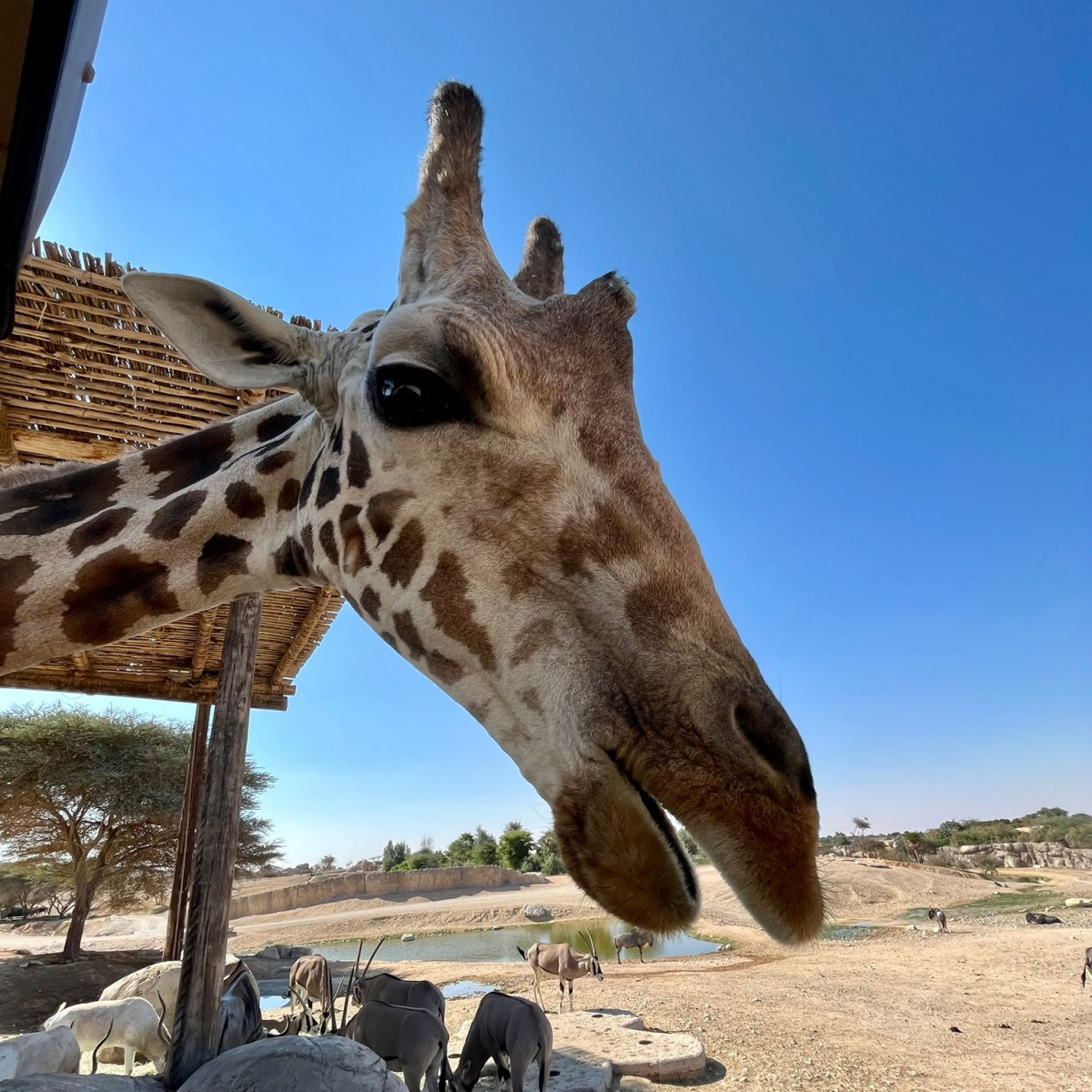
A sketchy wildlife deal
The elephants that will eventually be on display at Al-Ain Zoo and Safari are part of a larger group of around 22 wild elephants from Namibia that arrived in the UAE in March 2022. The number of tuskers that landed in the Emirates is still disputed because of conflicting reports on infant births and deaths along the journey.
At least one calf was recently born in the Sharjah Safari Park, meaning that the group captured in Namibia included at least one pregnant female. Boarding heavily sedated pregnant cows on a plane could breach the transport rules of the Convention on the International Trade in Endangered Species (CITES), the only major international treaty on wildlife trade to which Namibia and the UAE are both signatories.
Of the elephants originally captured, 13 were destined for Sharjah Safari Park and around nine for Al-Ain Zoo. Both facilities are part of the UAE’s larger wildlife conservation efforts.
An investigation by The New Arab (TNA) revealed, however, that the sale was commercially driven under a cover of conservation, violating international guidelines that discourage the removal of wildlife from their natural habitat.
CITES explicitly bars the export of elephants from Namibia, Botswana, Zimbabwe, and South Africa to any country where the elephants are not naturally occurring unless there is a proven conservation benefit.
Despite this, the UAE and Namibia exploited a controversial legal loophole to export the elephants into captivity in the UAE, where plans had been made for years to acquire wild African elephants.
RELATEDIn-depthAndrea Glioti
What happened to the elephants?
After landing in the UAE, it is typical that the wild elephants would have had to endure a quarantine period before being trained to adapt to their new environment to ensure the safety of visitors during the safari experience, known as the ‘socialisation’ period. But this process shouldn’t take longer than a few months.
While their counterparts in Sharjah Safari Park have been on display to the public since May 2022, just two months after arriving in the UAE, the Al-Ain batch of elephants remain hidden away. Nearly a year after they arrived, very few people know the details of their location and wellbeing.
“They wouldn't keep them away for a year. I think it's pretty certain something's wrong,” Adam Cruise, a South African investigative environmental journalist and expert on African elephants, told The New Arab.
"Zoo guides, staff, and keepers seem to have limited knowledge about their supposedly major attraction, indicating a deliberate attempt to keep any information about the status of the elephants limited to a small circle"
When The New Arab visited the zoo and took the safari tour in January, a tour guide confirmed that there would be eight or nine elephants and that they were indeed from Namibia, but refused to say where they were or confirm their arrival at the zoo, instead saying that they were “on their way”.
The guide also could not confirm when the elephants would be on display, simply saying it would be “soon”. Another guide said that it would be in March, a full year after they had arrived.
It is unclear exactly what happened to the elephants after they had left Namibia, or the condition that they are in after being taken from the wild and enduring a difficult journey involving heavy sedation.
Zoo guides, staff, and keepers seem to have limited knowledge about their supposedly major attraction, indicating a deliberate attempt to keep any information about the status of the elephants limited to a small circle.
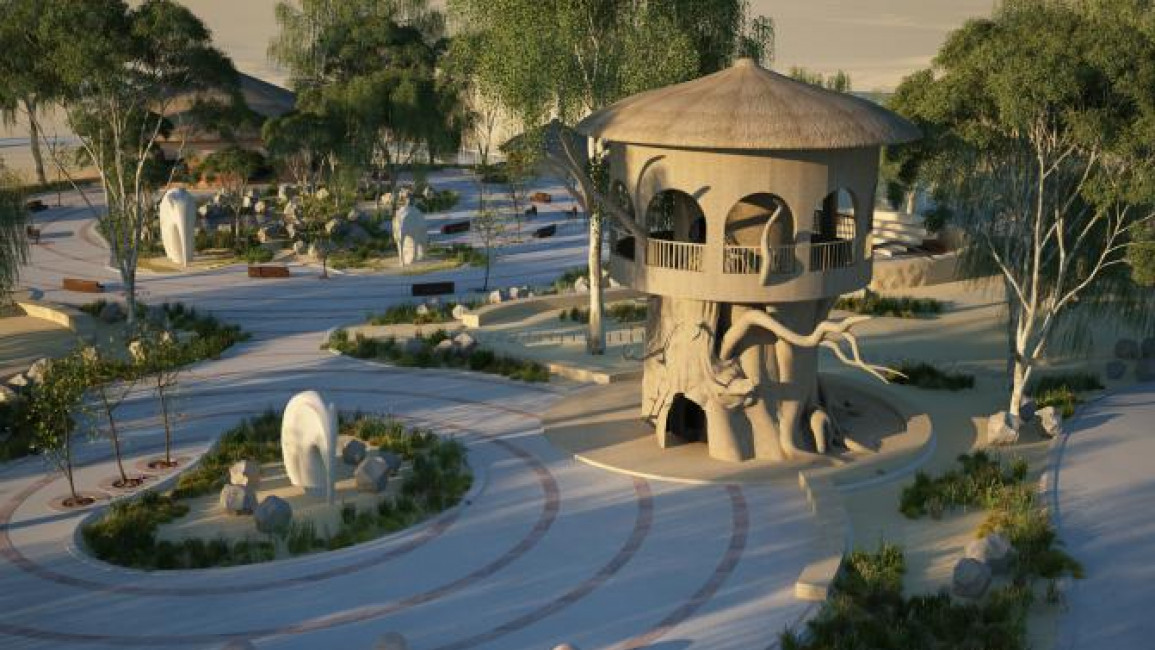
It is not unprecedented for a group of wild elephants to go ‘missing’ after being sold and exported internationally. In similar deals of wild African elephants from Zimbabwe sold to China, several of the giant animals simply disappeared. Records show that some died in transport and others showed signs of abuse, but conservationists were unable to account for or find out what happened to the rest.
According to wildlife experts, there are several possible scenarios that could explain the absence of the Al-Ain elephants. The first is that the enclosure that makes up the Elephant Safari is not yet ready for the animals.
On a previous visit to the zoo, The New Arab spoke with one keeper who admitted that there was an issue with the enclosure, possibly with the electrical fencing surrounding it. It’s unlikely that issues with the enclosure would account for the entire delay in exhibiting the elephants to the public, though.
The second scenario is much more grim. Cruise believes that there is a significant possibility that all or some of the Al-Ain elephants are severely ill or have died.
"Their environment is severely restricted, likely to their hangar and a small outdoor area, a far cry away from the vast and open landscapes of Namibia"
“So the worst case scenario is the elephants are dead. They died, which is quite often the case in translocations like this one, especially if they are family groups. It’s a lot of stress, especially with the younger ones, they'll probably die, while the older ones might get sick. They might be too ill to even put on display,” Cruise speculated.
He explained that the process of transferring elephants involves very heavy sedation, which can have a debilitating role on their bodies, particularly for young calves, causing severe stress and dehydration. Transfer also involves separating calves from their mothers, a very risky move because, once the bond is broken, it is possible that mothers will kill or shun them.
The final scenario is that Al-Ain zookeepers and staff have been unable to adequately socialise the elephants to the point where they can be put on display and it is safe to bring visitors to interact with them, a likely scenario given the difficulties of taming wild elephants.
Cruise recalls thinking it would be tricky to capture wild elephant herds when he first heard about the Namibian government’s plan. “This is a wild herd and it's very, very difficult to control. So to put them out might just mean that they're gonna go crazy. They might be stuck in pens at the moment and restricted from movement.”
If there is difficulty socialising wild elephants, the animals are given heavy sedatives to stop them from acting aggressively and to make them ‘socialise-able’, Cruise explained. Then, they may use electric shocks to train them into behaving in a way that will allow for visitors.
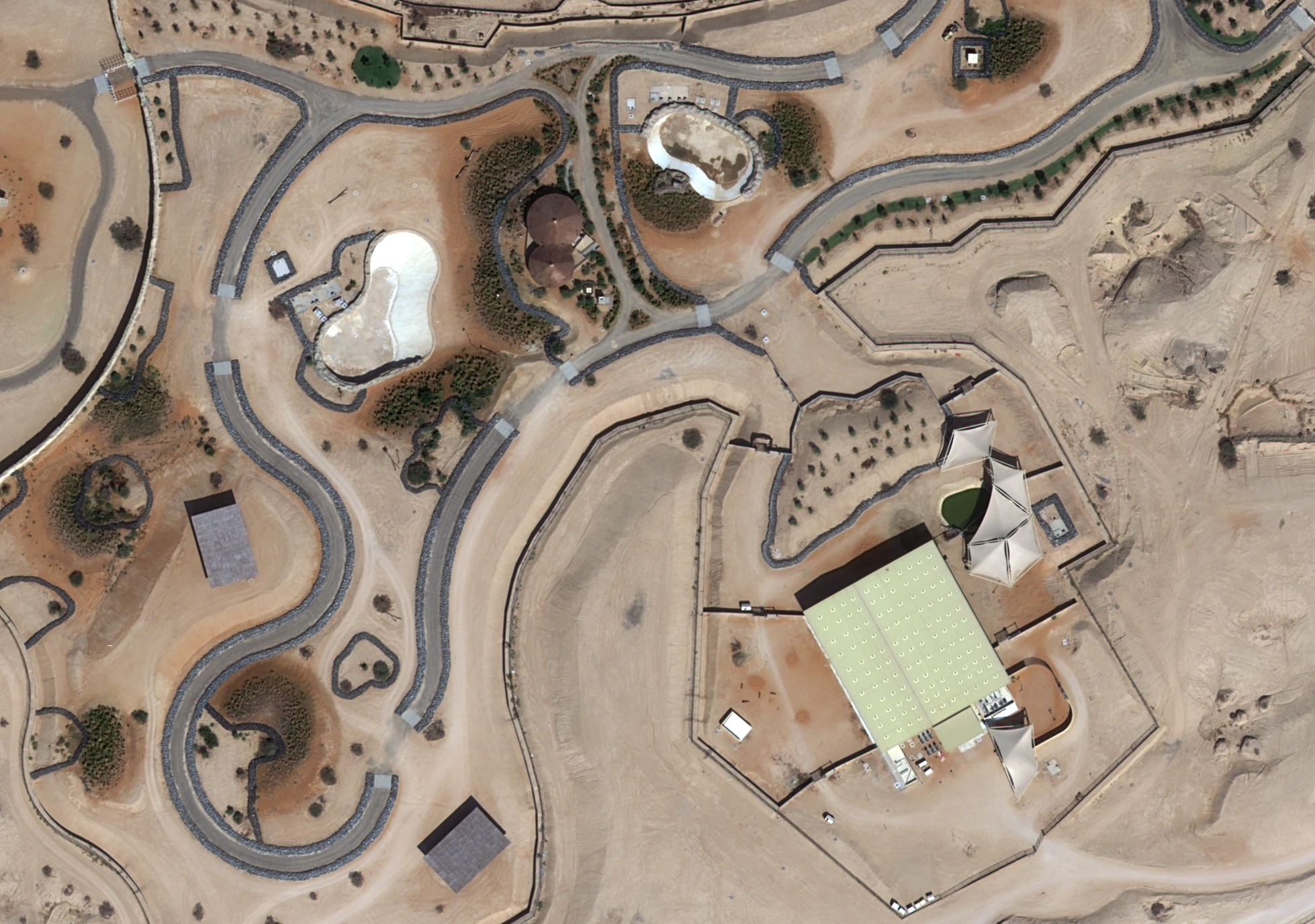
The New Arab has learned of reports of a video that shows the elephants as they roam in a mud hole located near a hangar, but has not been able to independently verify this.
Satellite imagery of the safari area shows a building that appears to be the hangar near the unopened Elephant Safari and Village, which is likely where the elephants are being housed. However, in high resolution satellite images used by The New Arab to verify the location of the elephants, they could not be seen.
In any scenario, it is likely that the elephants at Al-Ain Zoo are spending a lot of time in this hangar, whether they are waiting for the enclosure to be ready, are ill, or are being socialised. This would mean that their environment is severely restricted, likely to their hangar and a small outdoor area, a far cry away from the vast and open landscapes of Namibia.
It’s unclear how much time they have spent in the confines of this small building over the course of the past 11 months, or how often they are let out.
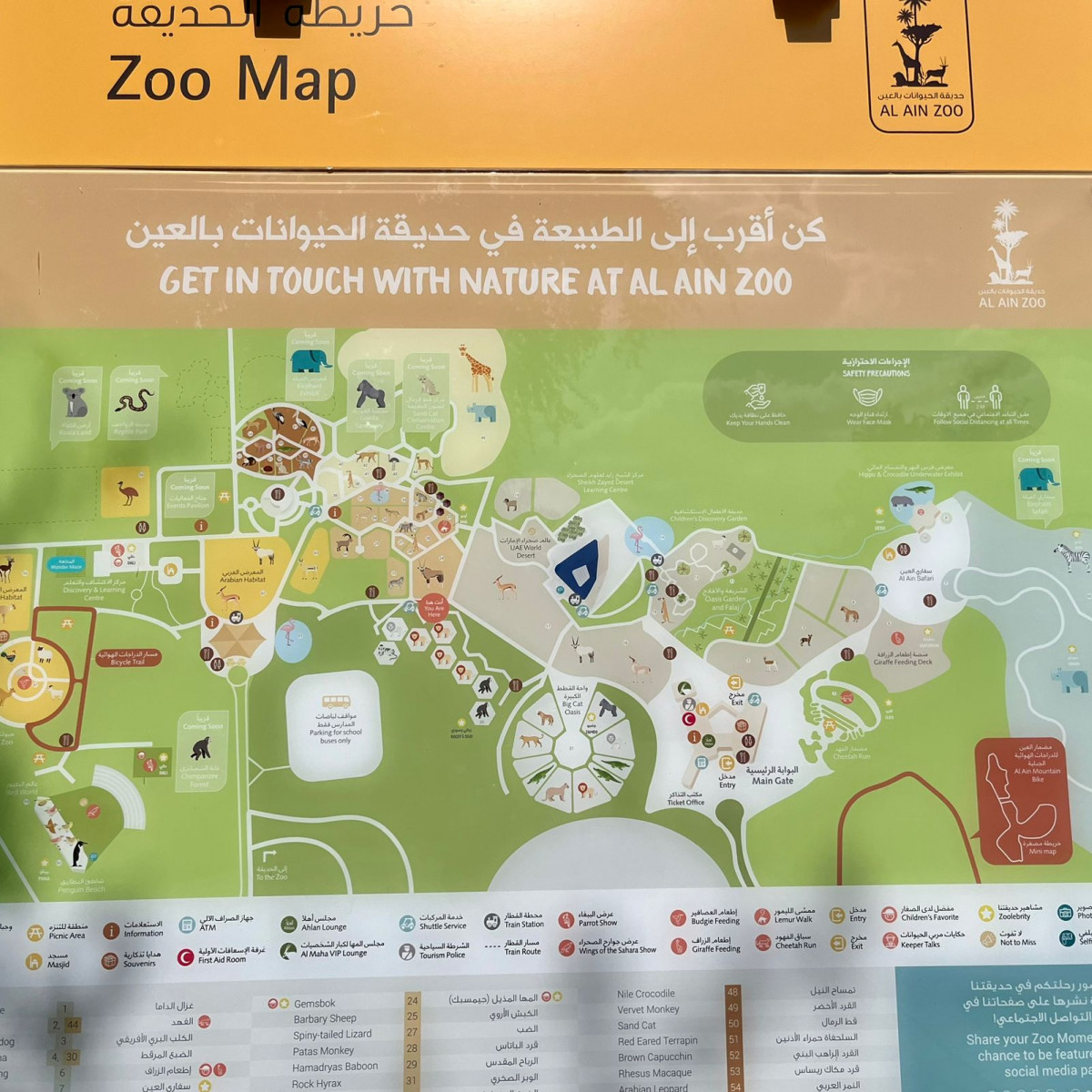
A new elephant exhibit
Located in the zoo area of the Al-Ain Park, the Elephant Exhibit is a new addition to the facility’s attractions, evidenced by the fact that it has not yet been added to the official map and no opening date has been set. Very little can be seen by visitors of the zoo, but large poster fences indicate where it will be.
The exhibit will be home to a pair of African elephants, according to the zoo website. It is much smaller than the safari, less than the size of a football pitch, a very tight space for two of the world’s largest land animals, particularly if they are coming from the wild. It is unclear whether this pair will be taken from the Namibian group or whether plans have been made to bring more elephants to the zoo.
The second scenario would raise questions as to where the zoo would acquire the African elephants from. Al Ain Zoo was, until recently, a member of the European Association of Zoos and Aquaria (EAZA), which is supposed to help zoos to acquire animals in a legal and sustainable way.
Partially as a result of The New Arab investigation into the illegality of the export of the 22 elephants, Al-Ain Zoo was stripped of its accreditation in September 2022. Arne Lawrenz, EAZA ex-situ programme coordinator for elephants, told The New Arab that Al-Ain Zoo’s termination was an “ongoing process” and that it had the right to “lodge an appeal against the decision”.
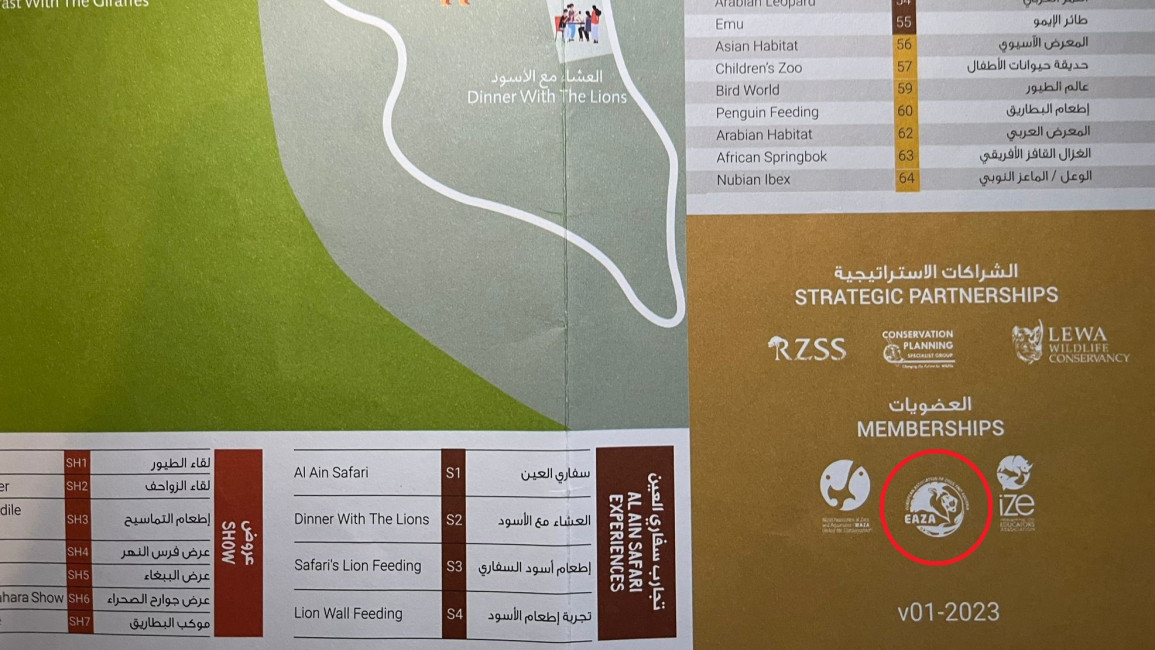
The official website and zoo guides printed in January 2023, continue to boast Al-Ain Zoo’s membership with EAZA.
In addition, the 19th CITES Conference of Parties held in Panama in November 2022 directly addressed the controversial sale and placed a moratorium on all exports of wild African elephants outside their natural range.
The more likely scenario is that the Elephant Exhibit will display two elephants from the Namibian group. This would violate the original terms of the Namibian tender, which specified the need to capture and keep family groups together.
“With small enclosures… If they are pulled from the wild, they always come as babies. So if that's the case, they'll be separating the youngest of that [Namibian] herd, because they are the easiest to manage, and they are the easiest to adapt to a small environment,” said Cruise.
One possible scenario is that the exhibit is a response to socialisation issues within the Namibian elephant group. A conservation expert with knowledge of the elephant deal suggested to The New Arab that the exhibit could be used to house two male members of the herd, who might need to be kept separate to prevent aggression towards other members.
"The Elephant Exhibit opens a floodgate of additional questions and concerns about animal welfare, conservation benefits of the original deal, and violations of international guidelines on wildlife trade in an already controversial export"
“To keep them in a life of solitary confinement or tiny captivity like that is cruel beyond cruelty,” said Cruise.
The Elephant Exhibit opens a floodgate of additional questions and concerns about animal welfare, conservation benefits of the original deal, and violations of international guidelines on wildlife trade in an already controversial export.
Al-Ain Zoo and the UAE Ministry for Climate Change and Environment did not respond to The New Arab’s requests for comments on the status of the elephants and the plans for the Elephant Exhibit.
In the worst case scenario that the elephants cannot be put on display, Cruise believes it is likely that they will be euthanised. While it would be possible to send them back to their natural habitat in Namibia - in fact, wild elephants reintegrate quite smoothly - it would require a massive financial and logistical effort, not to mention media attention, that UAE officials would likely rather avoid.
Nadine Talaat is a London-based journalist writing about Middle East politics, borders and migration, environment and media representation. She is a Deputy Editor with The New Arab's editorial team.
